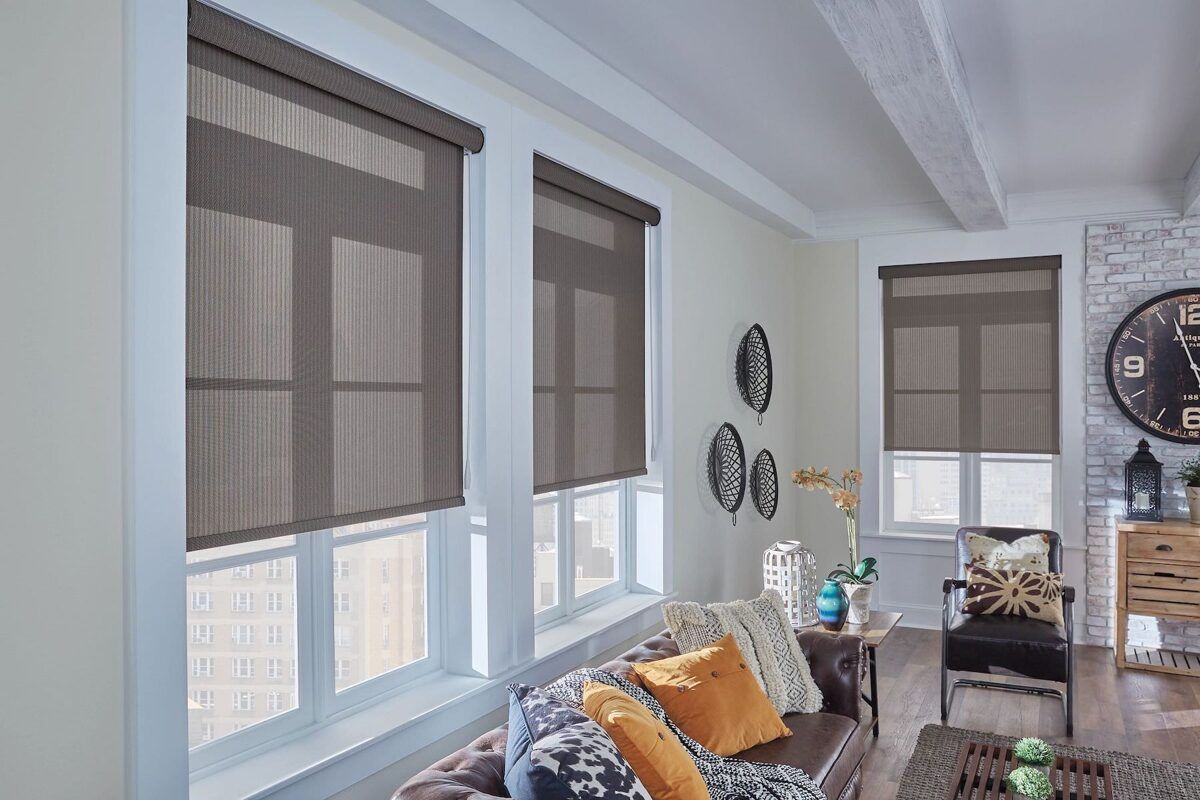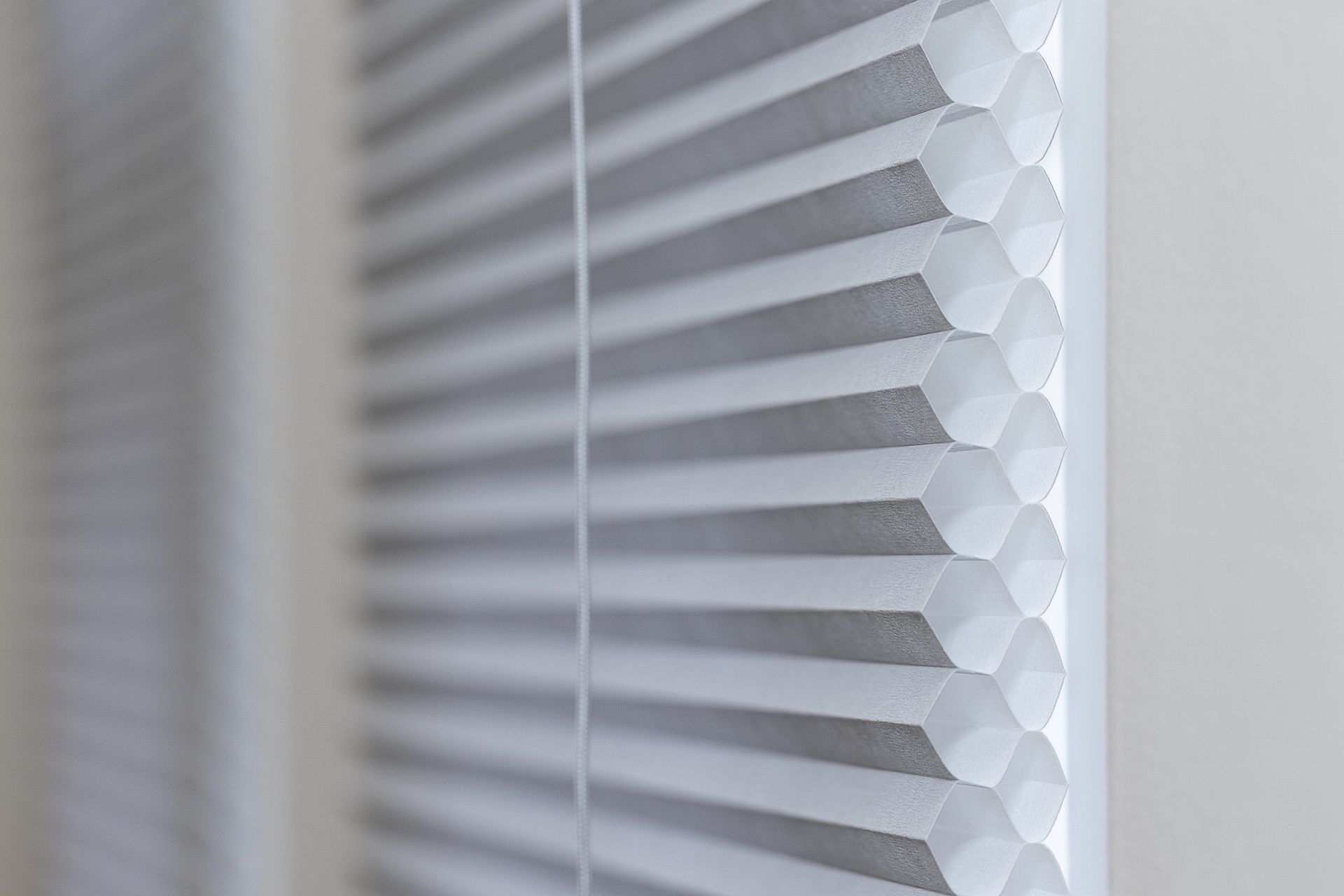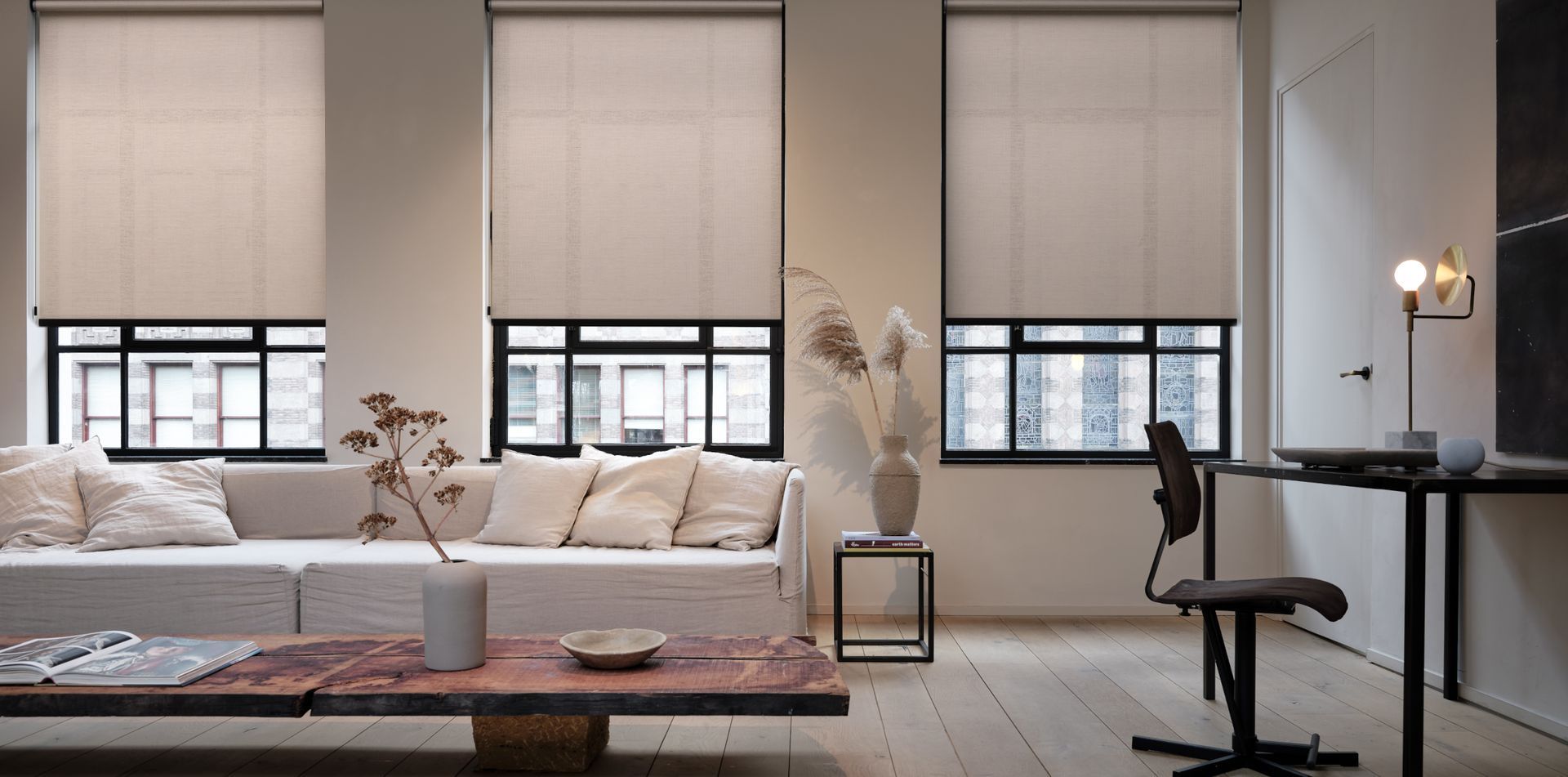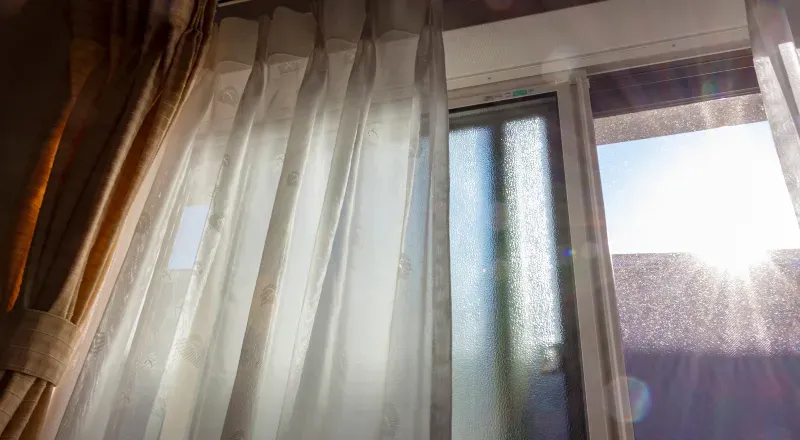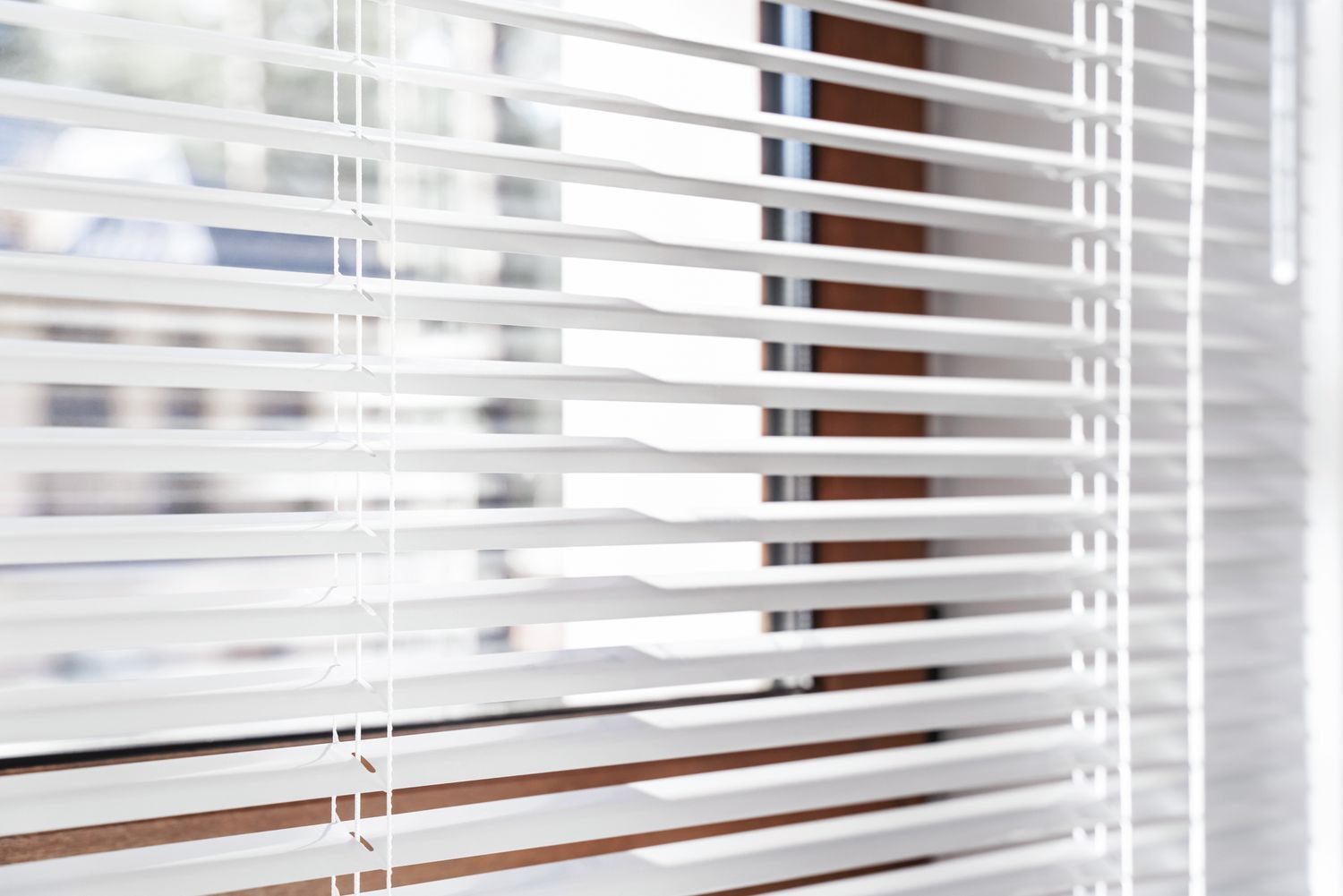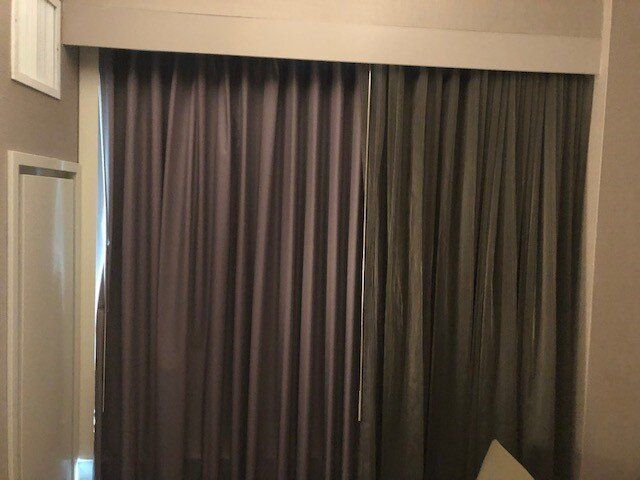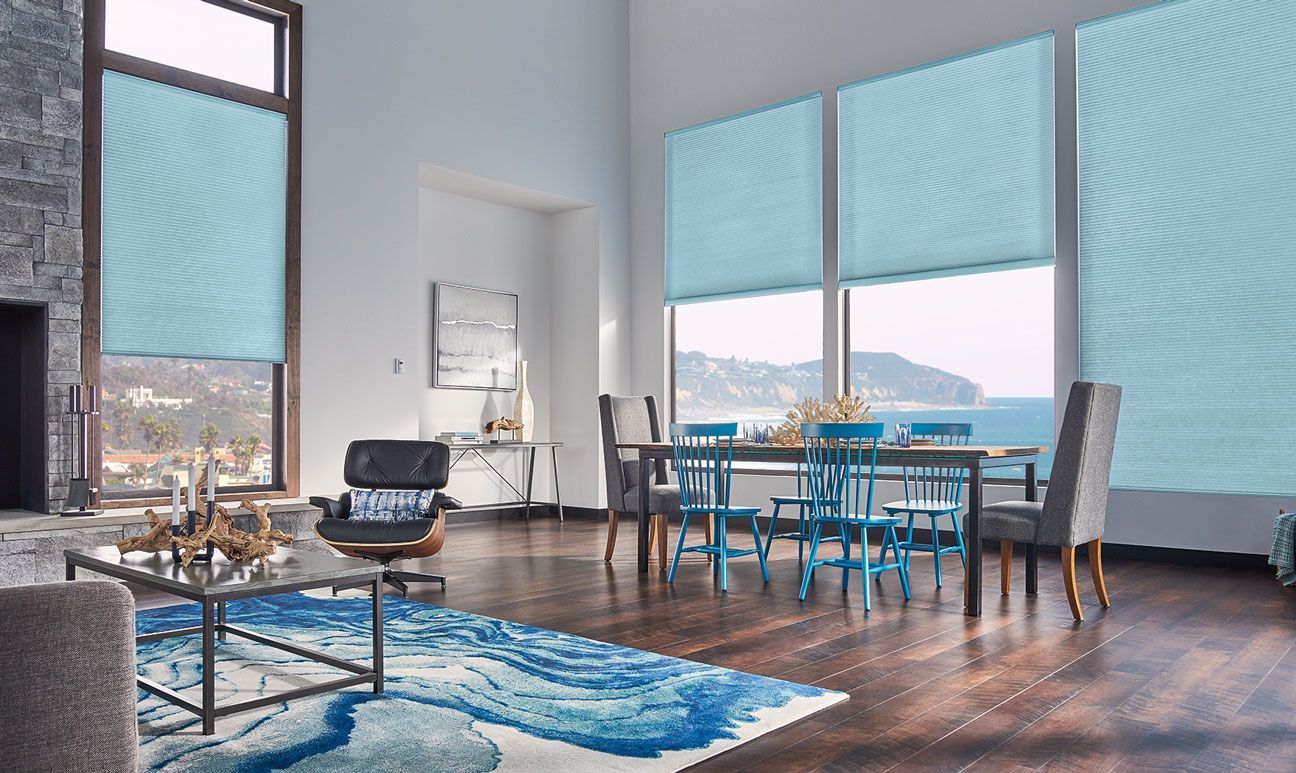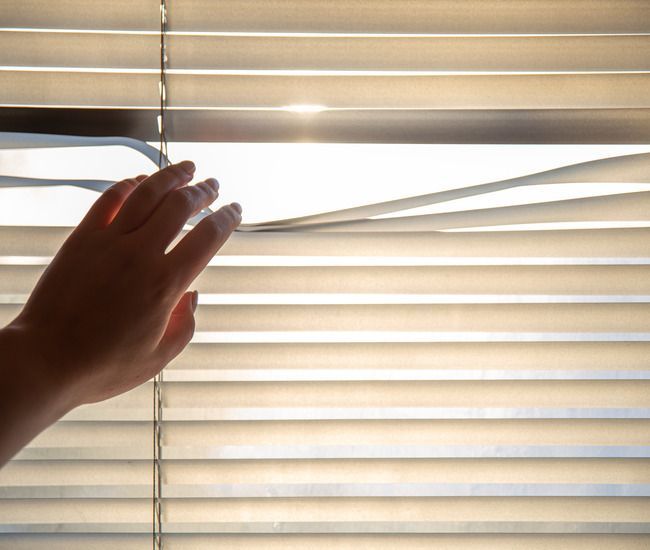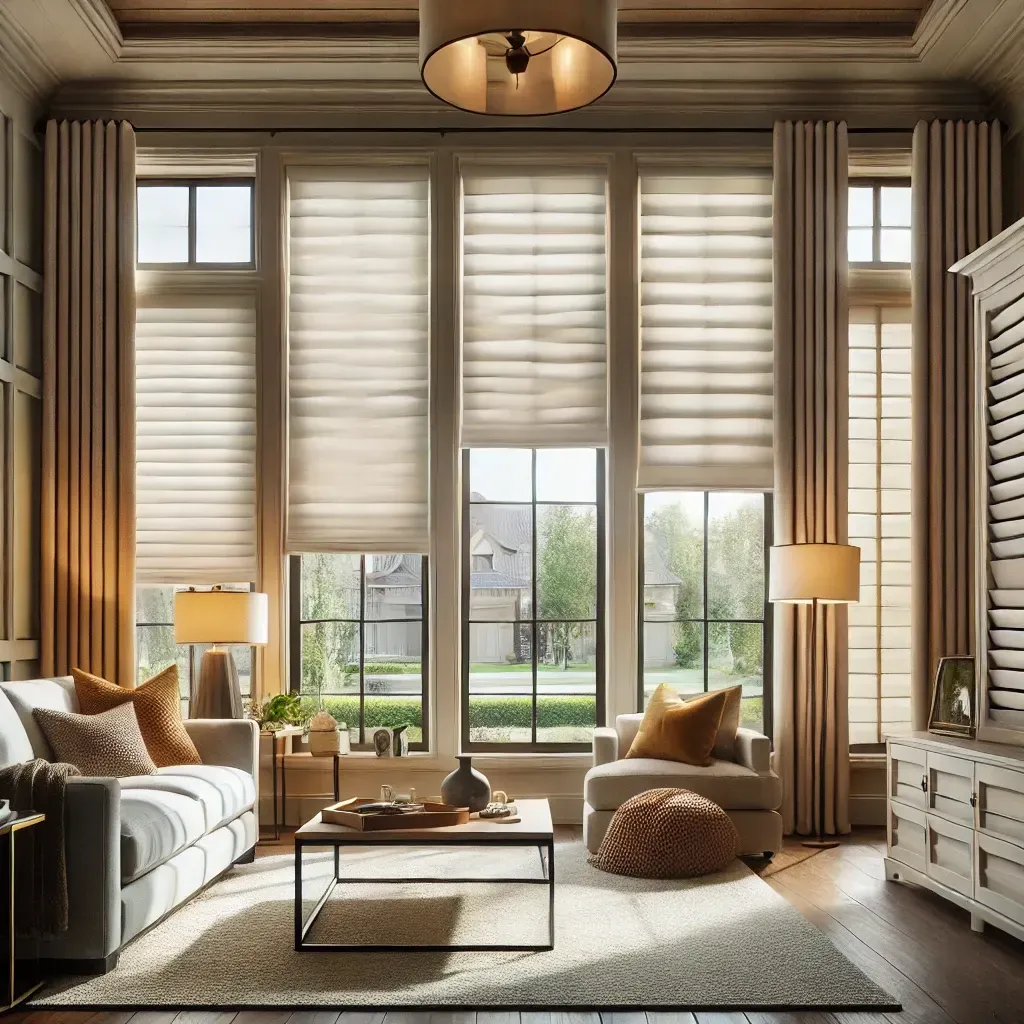How Do I Prevent My Window Treatments from Warping, Fading, or Discoloring Over Time?
The key to preventing your window treatments from warping, fading, or discoloring over time is selecting UV-resistant materials, maintaining consistent cleaning routines, and protecting them from extreme sunlight and moisture. Choosing high-quality materials and taking proactive steps to manage your indoor environment can significantly extend their lifespan.
Why Do Window Treatments Warp, Fade, or Discolor?
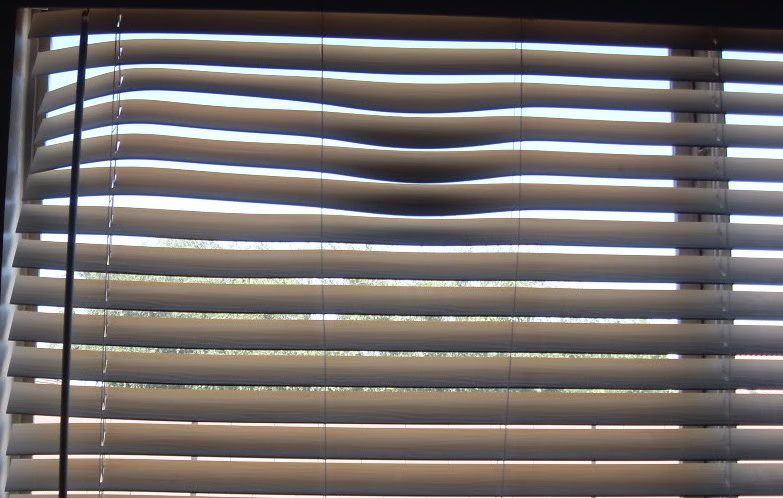
Impact of Sunlight
Prolonged exposure to UV rays breaks down fabrics and causes colors to fade. The same UV exposure can degrade wood finishes and cause synthetic materials to lose their structural integrity. Photo-degradation, the breakdown of materials due to light, is a leading culprit. Over time, even the most durable materials can succumb to this persistent exposure, making it vital to mitigate the effects of sunlight wherever possible.
Moisture and Humidity
High humidity or fluctuating moisture levels can lead to warping, especially for wooden blinds or shades. Areas like kitchens and bathrooms are particularly prone to this issue due to steam and condensation. Moisture causes wood to expand and contract, creating stress points that lead to visible warping. Similarly, fabrics can develop mold or mildew when exposed to high moisture levels, further reducing their lifespan.
Material Quality
Low-quality materials are more susceptible to environmental stressors. For example, untreated wood blinds are far more likely to warp compared to faux wood options with protective coatings. Similarly, synthetic fabrics without UV treatment are prone to rapid fading. Investing in quality materials at the outset is one of the most effective ways to prevent these issues.
Choosing the Right Materials
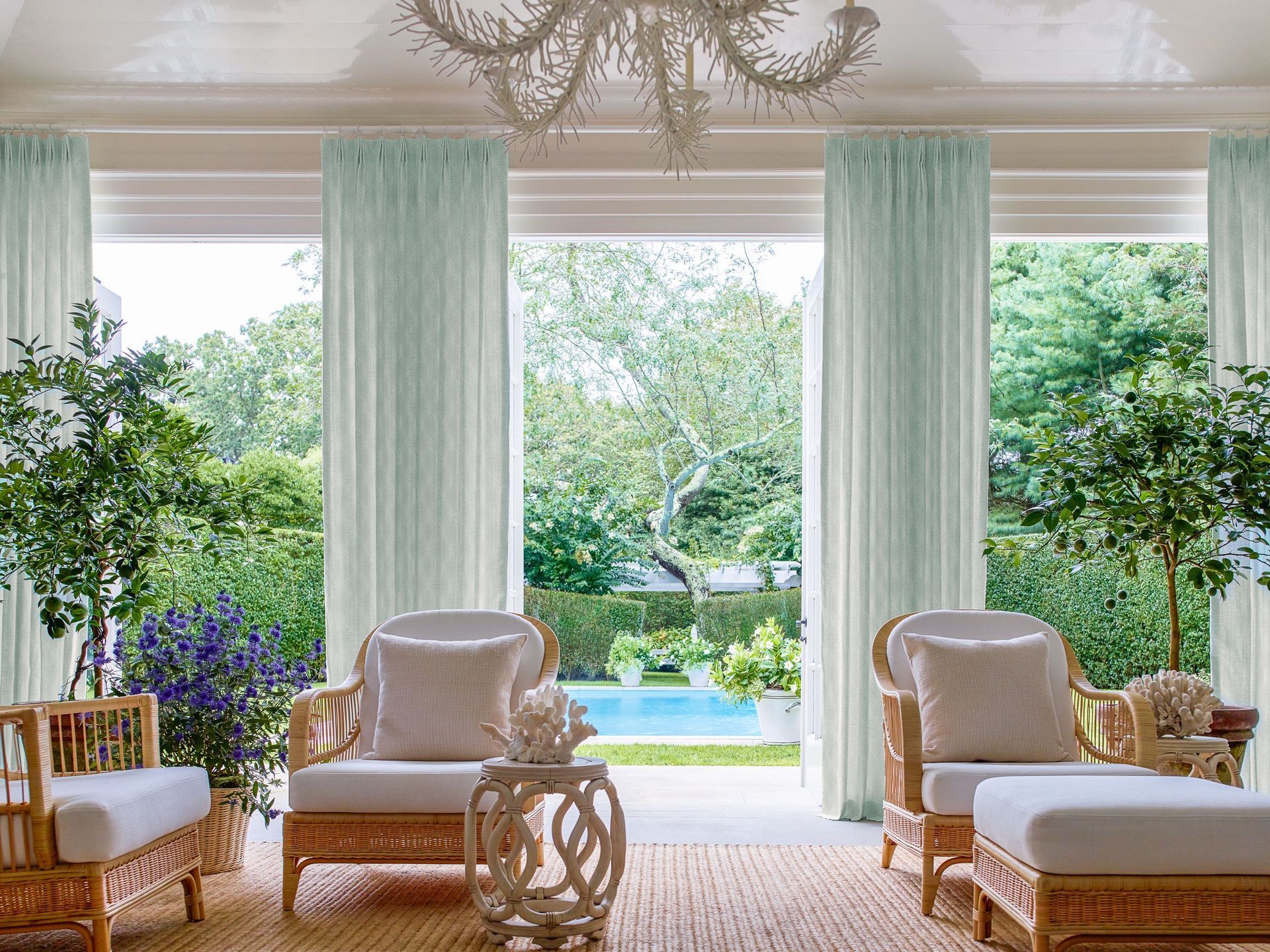
For Window Treatments
- Faux Wood Blinds: Resistant to warping and better suited for humid environments, faux wood offers the look of natural wood without its vulnerabilities.
- Composite Shutters: Durable and designed to withstand both sunlight and moisture, these are a smart choice for high-traffic or high-humidity areas.
- UV-Resistant Fabrics: Look for window treatments labeled as UV-protective to prevent fading. These fabrics often have special coatings that reflect sunlight and slow the degradation process.
For Longevity and Aesthetics
- Opt for eco-friendly, durable materials if sustainability is a priority. Bamboo shades, for instance, offer a natural, stylish look while being more resistant to environmental stressors.
- Consider engineered options designed for durability and resistance to environmental factors. These materials combine beauty with long-term functionality.
Protecting Against Sunlight
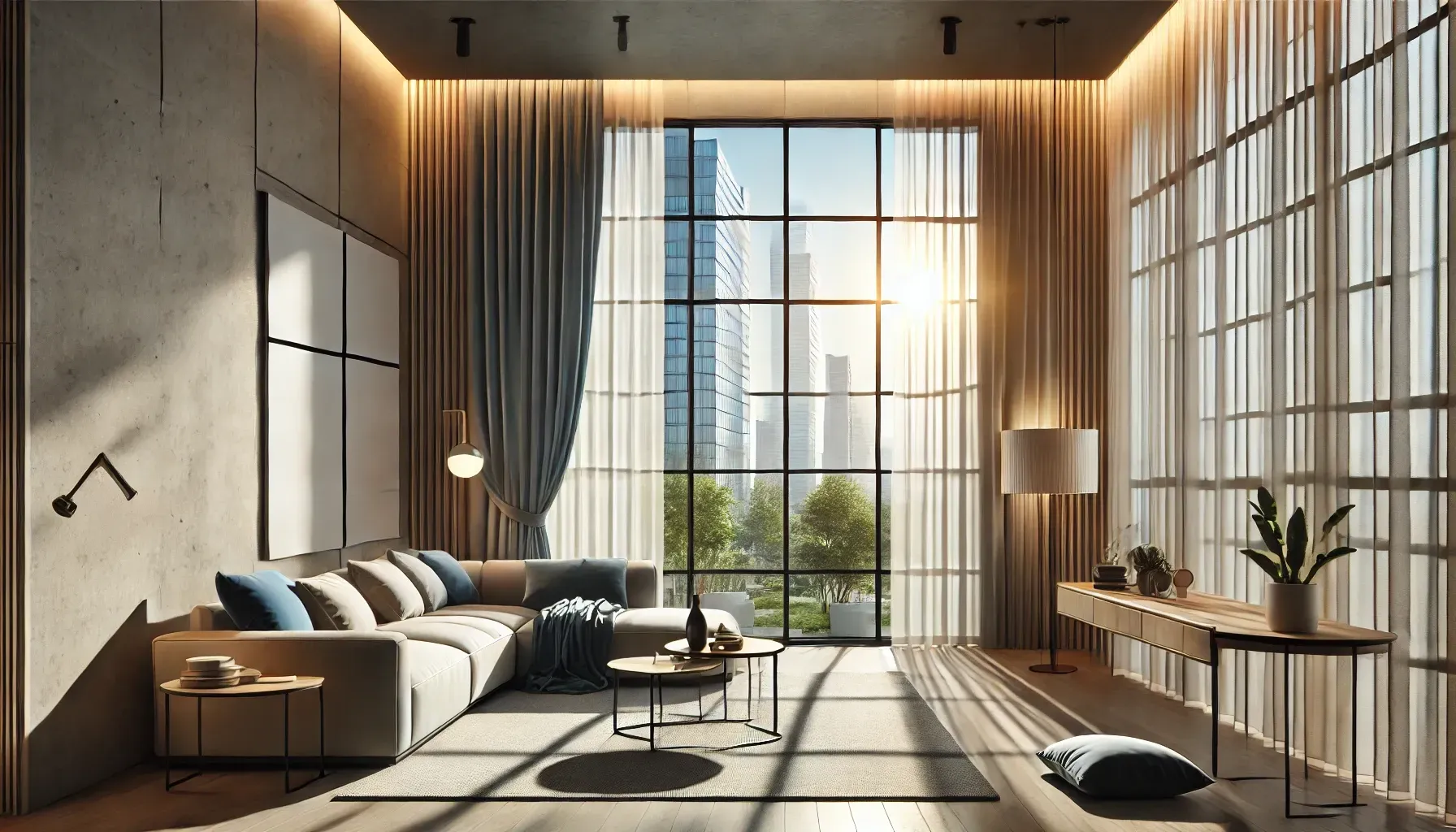
Sun Damage Protection with Window Treatments is essential to maintain the beauty and durability of your home interiors. Here are some effective options:
Window Treatments
- UV-Blocking Window Films: These films can significantly reduce harmful UV exposure, protecting both your window treatments and the interiors of your home. They are easy to apply and maintain.
- Solar Shades: Allow light in while blocking UV rays, maintaining visibility and comfort. Solar shades are particularly useful in rooms with large windows or sliding glass doors.
- Blackout Curtains: Provide the best protection by completely blocking sunlight. These are ideal for bedrooms and media rooms where darkness is preferred.
- Sheer Curtains for Sun Protection: Sheer curtains help diffuse sunlight, reducing glare and preventing UV rays from fading furniture and flooring while maintaining a bright and airy atmosphere.
Additional Measures
- Tinted Windows: Reduces the intensity of sunlight entering the room, adding another layer of protection.
- Strategic Placement: Use lighter curtains during peak sun hours to add an extra layer of protection. Combine these with UV-blocking layers for optimal results.
Regular Maintenance Practices
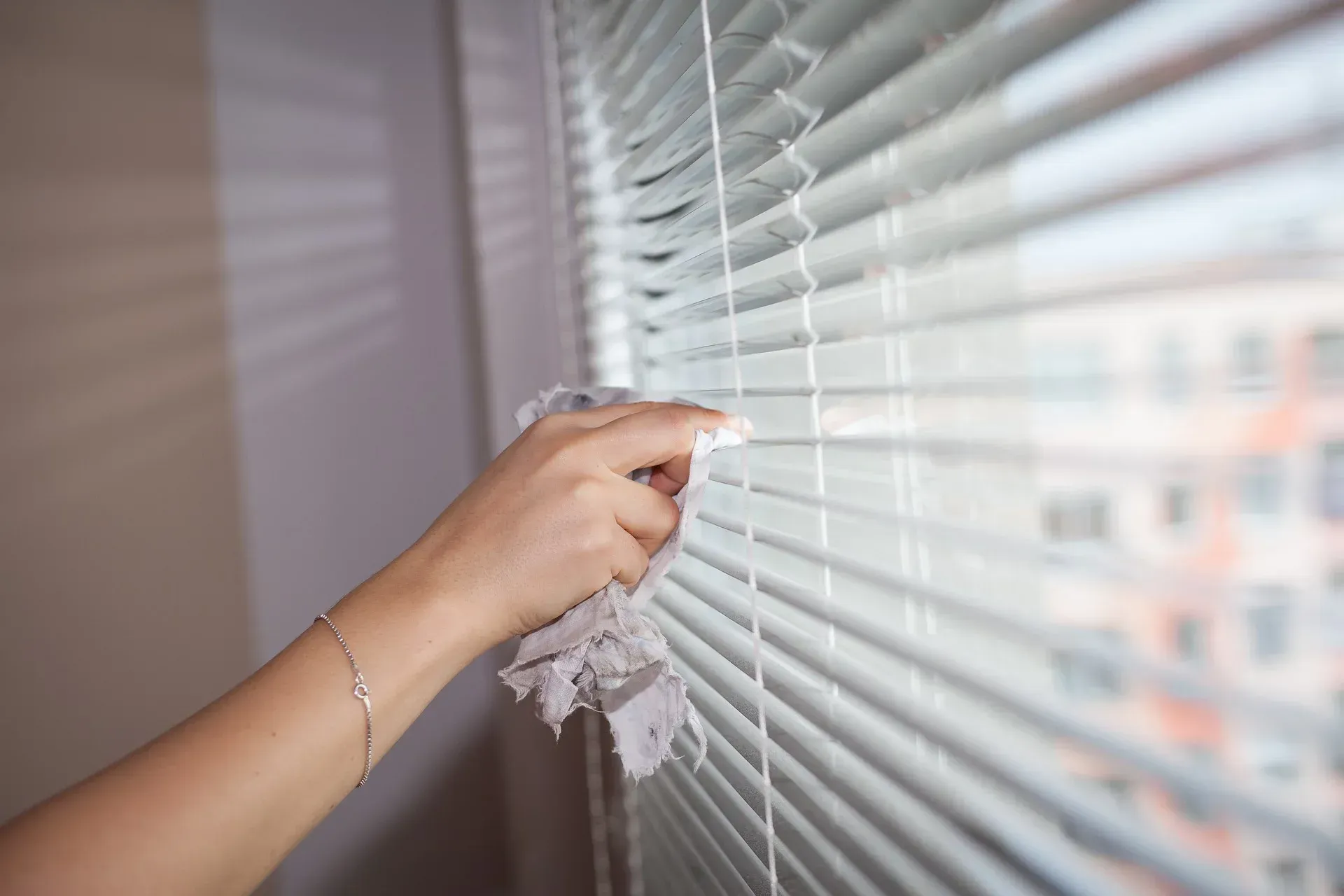
Cleaning Tips for Window Treatments
- Fabric Treatments: Vacuum or use a soft brush to remove dust. Spot-clean as needed with a mild detergent. Always follow manufacturer guidelines to avoid damaging the material.
- Wood Blinds: Wipe down with a damp cloth; avoid soaking to prevent warping. Consider applying a wood polish to maintain their finish.
- Vinyl Shades: Use a mild detergent solution for cleaning stubborn dirt or stains. Vinyl is naturally resistant to moisture but benefits from regular cleaning to maintain its appearance.
Rotation and Adjustments
- Regularly adjust blinds or shades to ensure even exposure to sunlight. This prevents uneven fading and wear, extending the lifespan of your treatments.
Inspect for Damage
- Check for signs of wear and tear, such as frayed cords, warped slats, or discoloration. Address minor issues promptly to prevent them from worsening.
Managing Indoor Environment
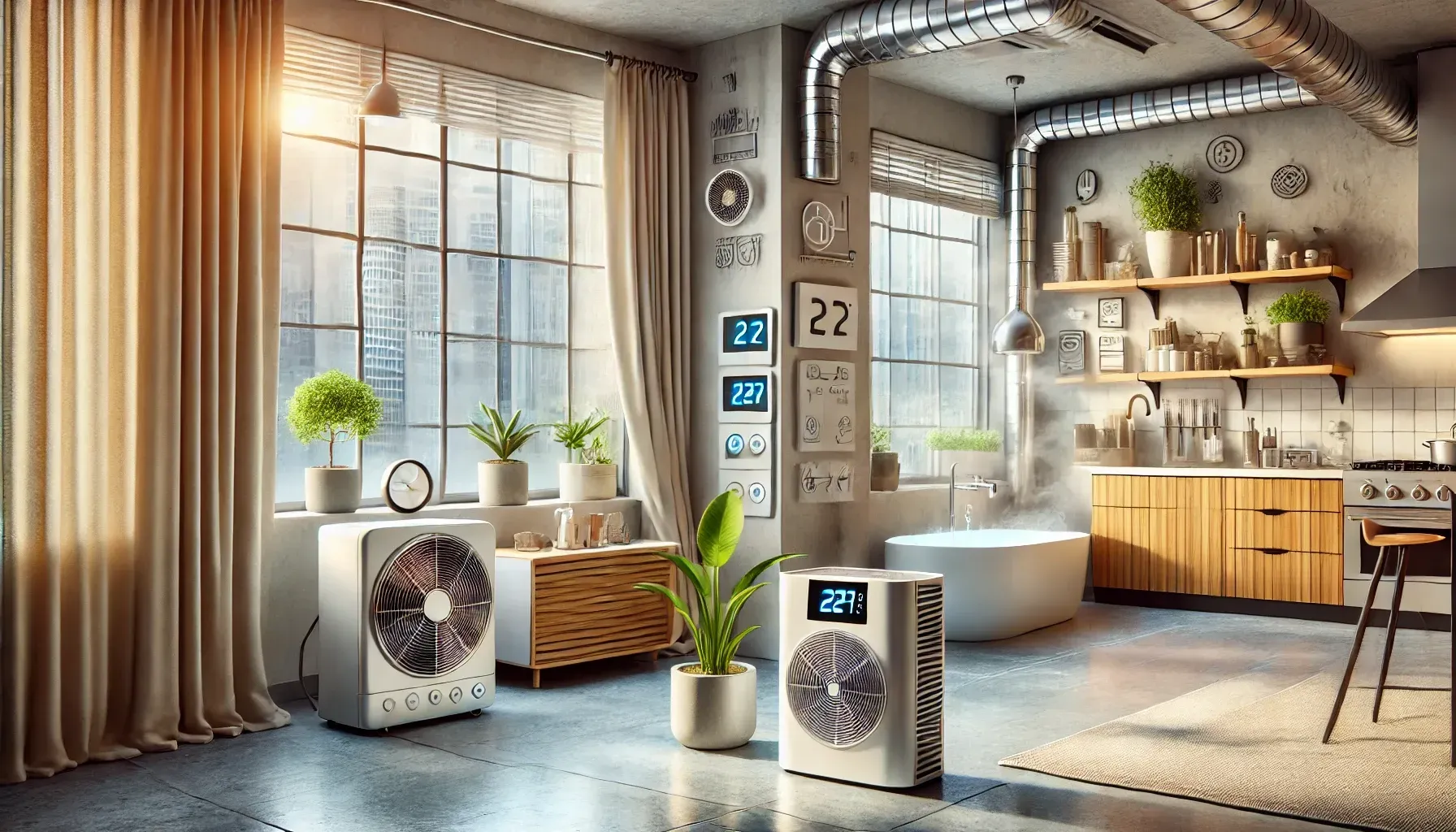
Humidity Control
- Maintain indoor humidity levels between 30% and 50% using a dehumidifier or humidifier as needed. Excessive dryness can also damage materials, causing them to become brittle.
- Ventilate kitchens and bathrooms properly to avoid moisture buildup. Install exhaust fans or open windows to disperse steam effectively.
Temperature Regulation
- Use air conditioning or smart home systems to maintain consistent indoor temperatures. Fluctuations in temperature can stress materials, leading to warping or fading.
- Seal windows effectively to prevent drafts and condensation. This not only protects your window treatments but also improves overall energy efficiency.
When to Repair or Replace Window Treatments
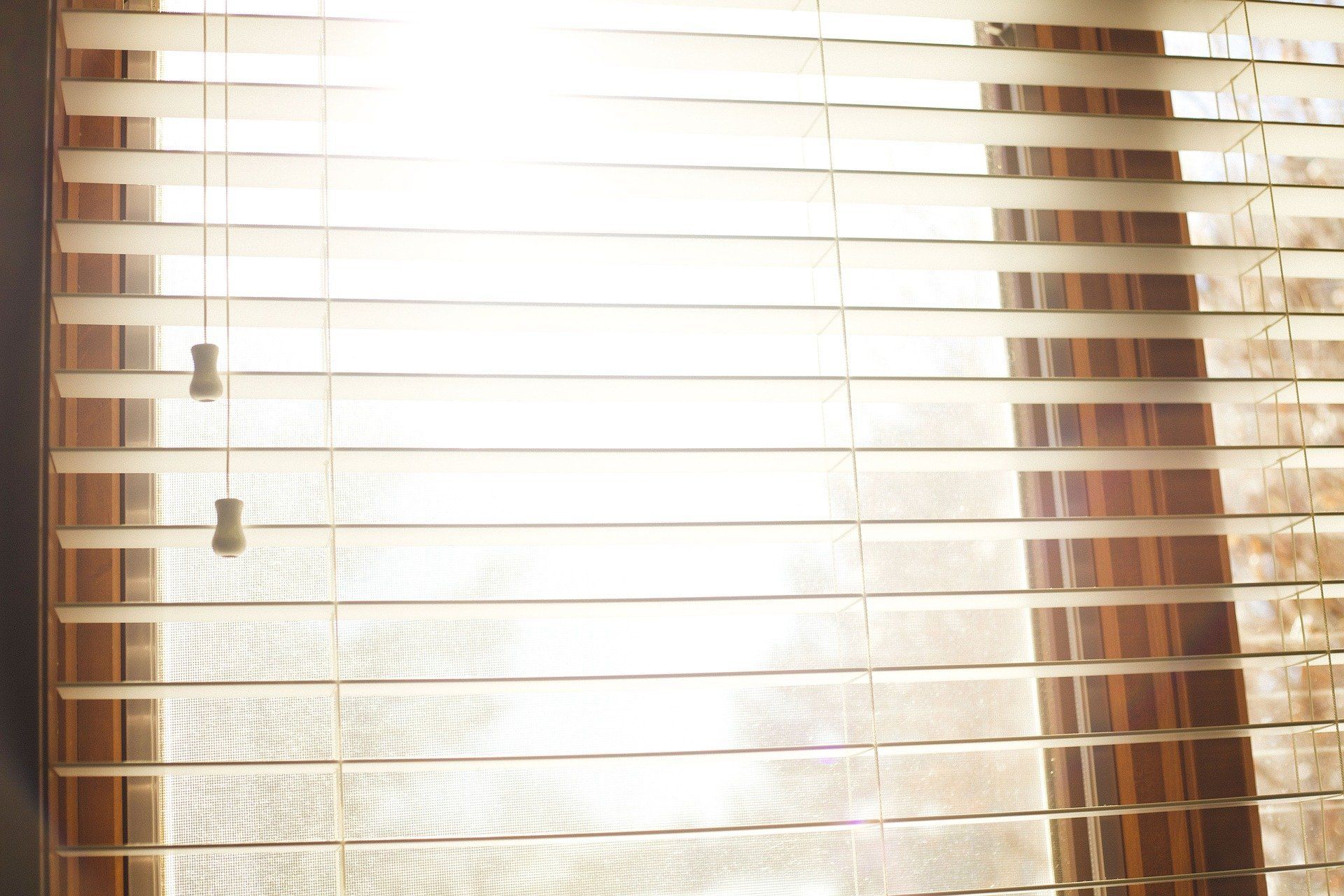
Irreversible Damage
- If treatments are significantly faded, warped, or discolored, replacing them may be more cost-effective. Attempting to repair severely damaged materials can lead to unsatisfactory results.
Signs of Wear
- Look for broken slats, malfunctioning mechanisms, or permanent stains. These indicate that the treatments have reached the end of their usable life.
Modern Alternatives
- Consider upgrading to UV-resistant or moisture-proof options for enhanced durability. Modern designs also offer improved aesthetics and functionality, such as motorized or smart window treatments.
Future-Proofing Your Window Treatments
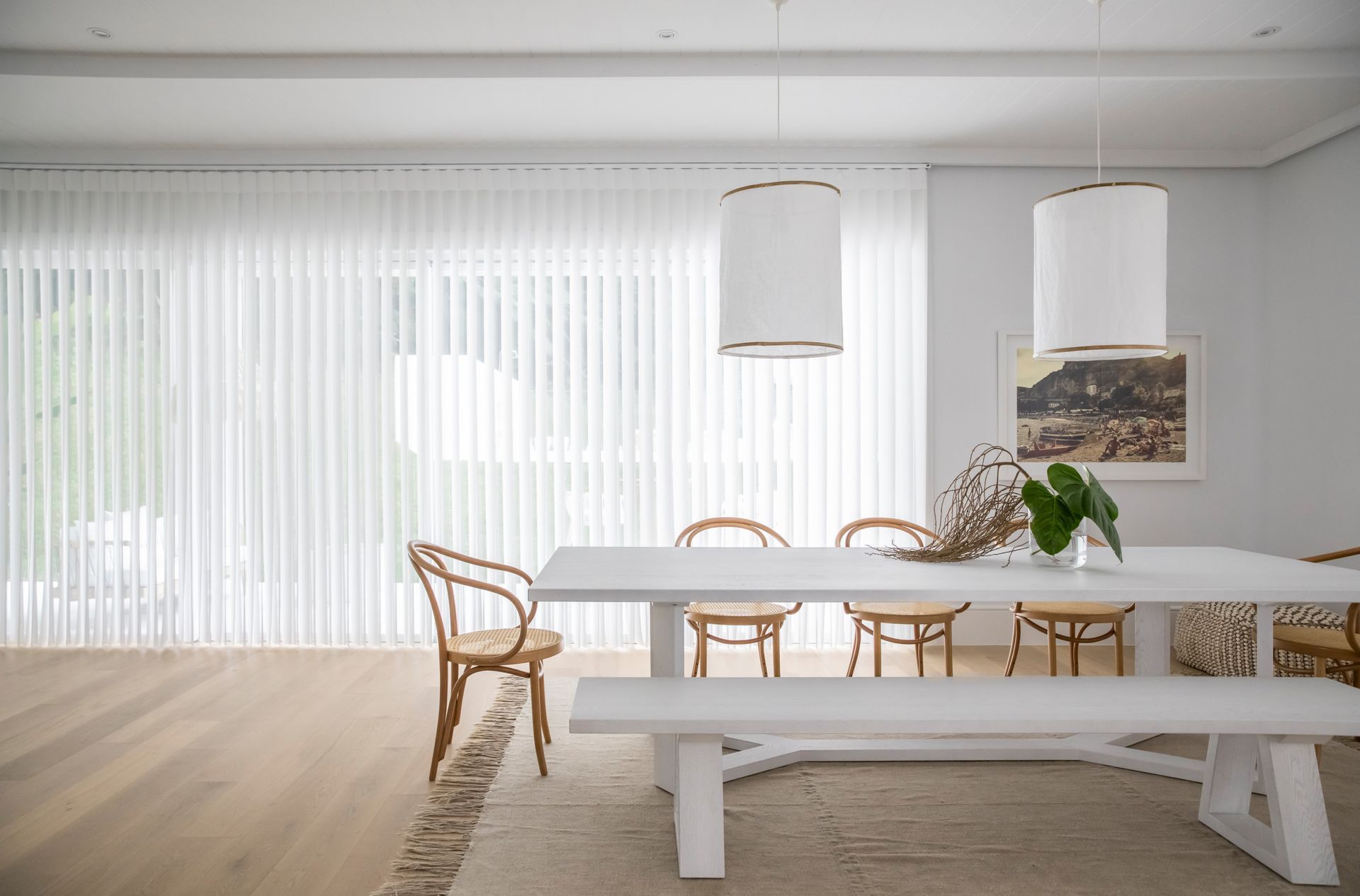
Technology Integration
- Smart window treatments, such as motorized blinds, can be programmed to adjust throughout the day, minimizing direct sunlight exposure automatically.
Sustainable Choices
- As environmental consciousness grows, eco-friendly options like bamboo shades or recycled materials are becoming more popular. These not only protect your home but also align with sustainable living practices.
Conclusion
Preventing your window treatments from warping, fading, or discoloring requires a proactive approach combining material selection, maintenance, and environmental control. By addressing sunlight exposure, managing humidity, and choosing durable materials, you can preserve the beauty and functionality of your treatments for years to come. Future-proofing through smart technologies and sustainable choices adds another layer of longevity and environmental responsibility.


